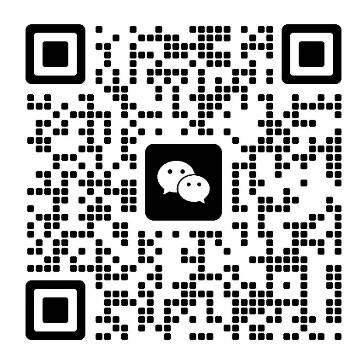微信小程序import與include的區(qū)別
發(fā)布時(shí)間:2021-06-11 08:36 所屬欄目:小程序開發(fā)教程
模板可以用單獨(dú)的wxml來保存
使用的時(shí)候, 用import導(dǎo)入模板
創(chuàng)建模板數(shù)據(jù)的來源:
創(chuàng)建模板文件(可以放在其它專用文件夾):
使用import導(dǎo)入模板并使用
is就是模板的名稱, data是模板要使用的數(shù)據(jù)
...item是ES6簡寫的方式, 如果不用此方式, 則在模板定義中就是{{item.xxx}}, 而不是{{xxx}}
include用于拆分頁面, 它不傳遞參數(shù)(template則可以傳遞參數(shù))
由于很多頁面的頭部和底部是一樣的
所以可以定義頭部和底部, 再將它們包進(jìn)不同的頁面
使用include標(biāo)簽完成頁面包含, 使用import標(biāo)簽完成模板導(dǎo)入
使用的時(shí)候, 用import導(dǎo)入模板
創(chuàng)建模板數(shù)據(jù)的來源:
- Page({
- data: {
- mo: 'Hello World!!',
- userid : '1234',
- text:'測試',
- list: [{
- index: 0,
- msg: "this is a template",
- time: "2016-09-15"
- },
- {
- index: 1000,
- msg: "this is a new template",
- time: "2026-09-15"
- }]
- },
創(chuàng)建模板文件(可以放在其它專用文件夾):
- <!--模板獨(dú)立成單獨(dú)的文件-->
- <template name="item">
- <view>template text: {{msg}}</view>
- <view>日期 : {{time}}</view>
- </template>
使用import導(dǎo)入模板并使用
- <!--模板引用-->
- <import src='../common/template.wxml'/>
- <view class='container'>
- <view wx:for='{{list}}'>
- <!--模板使用-->
- <template is='item' data="{{...item}}"/>
- </view>
- </view>
is就是模板的名稱, data是模板要使用的數(shù)據(jù)
...item是ES6簡寫的方式, 如果不用此方式, 則在模板定義中就是{{item.xxx}}, 而不是{{xxx}}
include用于拆分頁面, 它不傳遞參數(shù)(template則可以傳遞參數(shù))
由于很多頁面的頭部和底部是一樣的
所以可以定義頭部和底部, 再將它們包進(jìn)不同的頁面
- header.wxml, footer.wxml
- <import src='../common/template.wxml'/>
- <view class='container'>
- <include src='../common/header.wxml'/>
- <view>
- <template is='item' data="{{xxx}}"/>
- </view>
- <include src='../common/footer.wxml'/>
- </view>
使用include標(biāo)簽完成頁面包含, 使用import標(biāo)簽完成模板導(dǎo)入
本文地址:http://22321a.com/wxmini/doc/course/26429.html 復(fù)制鏈接
如需定制請聯(lián)系易優(yōu)客服咨詢:800182392 點(diǎn)擊咨詢



